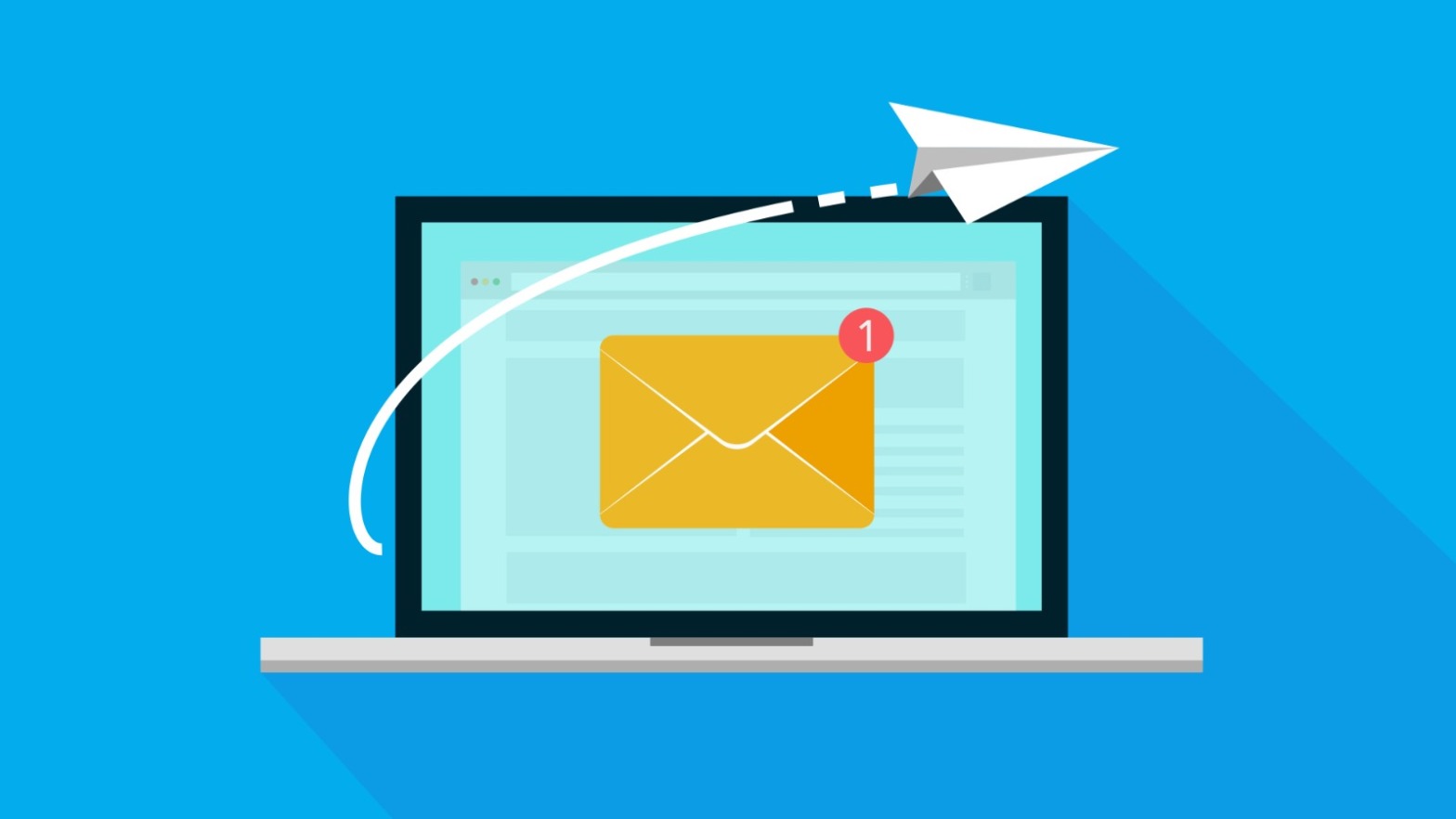Email is far from outdated. With higher adoption rates than any of the “hot” social media apps, it remains a powerful yet overlooked channel for L&D teams to drive program awareness, participation, and impact.
Though it is often thought of as an “old school” strategy, sophisticated email marketing platforms allow you to create personalized experiences that capture attention and nurture continuous learning.
As remote and hybrid work becomes the norm, email is key for engaging distributed teams. This guide will explore five ways email marketing can benefit your L&D initiatives:
Create Visually-Compelling Emails
Well-designed emails stand out in crowded inboxes, guiding learners to take action. Follow principles like:
- Mobile optimization for easy reading
- Scannable content hierarchy with bullets
- Compelling subject lines that spark interest
- Clear calls-to-action to drive enrollments
Automate Scheduled Emails
Automated emails allow you to engage learners throughout their journey with touchpoints like:
- Confirmation messages upon enrollment
(As I recently posted, Zapier or other automation tools can help you connect other tools in your tech stack with your email tools.) - Reminder emails before deadlines to improve participation
- Re-engagement nudges for inactive learners
Email marketing tools enable you to set triggers based on actions like completing a course or falling inactive for 30 days. This reduces effort while ensuring consistent communication.
Deliver Personalized Drip Campaigns
Drip campaigns involve sending targeted content over time to nurture continuous learning. You can tailor relevant microlearning content based on audience segments.
For example, group learners by departments, experience levels or program interests to deliver customized quick reads. Refine your approach based on engagement data for maximum impact.
Mapping email content directly to distinct learner needs leads to meaningful touches that gradually build knowledge instead of information overload.
Harness the Power of Analytics
Robust analytics help you gauge campaign effectiveness and optimize performance. Key metrics include:
- Open rates to assess subject line relevance
- Click-through rates to measure content engagement
- Unsubscribe rates to identify improvements
Continually fine-tune your emails based on these insights to boost participation.
Embrace A/B Testing
A/B testing allows you to experiment with different versions of an email to see what resonates best. Test things like:
- Subject line phrasing
- Calls-to-action
- Personalization elements
- Email length and frequency
The key is setting goals, segmenting your audience, and letting data guide decisions to craft emails that compel your learners.
Getting Started
Kickstart your L&D email marketing strategy by:
- Identifying your audience segments and email objectives
- Mapping an editorial content calendar tailored to each segment
- Designing mobile-friendly visually engaging emails
- Crafting compelling subject lines and calls to action
- Automating milestone emails to drive consistent engagement
There are a lot of great email marketing platform options out there. The one I recommend starting with is MailerLite. It has a robust free version that includes up to 1000 subscribers and many advanced features like automation and drip campaigns in the free tier.
It might be time to stop overlooking this high-powered channel. Email marketing platforms make it easy to create targeted, automated, and personalized experiences that captivate modern learners.
What email marketing questions do you have? Share in the comments!

One thought on “A Guide to Boosting Learner Engagement with Email Marketing”